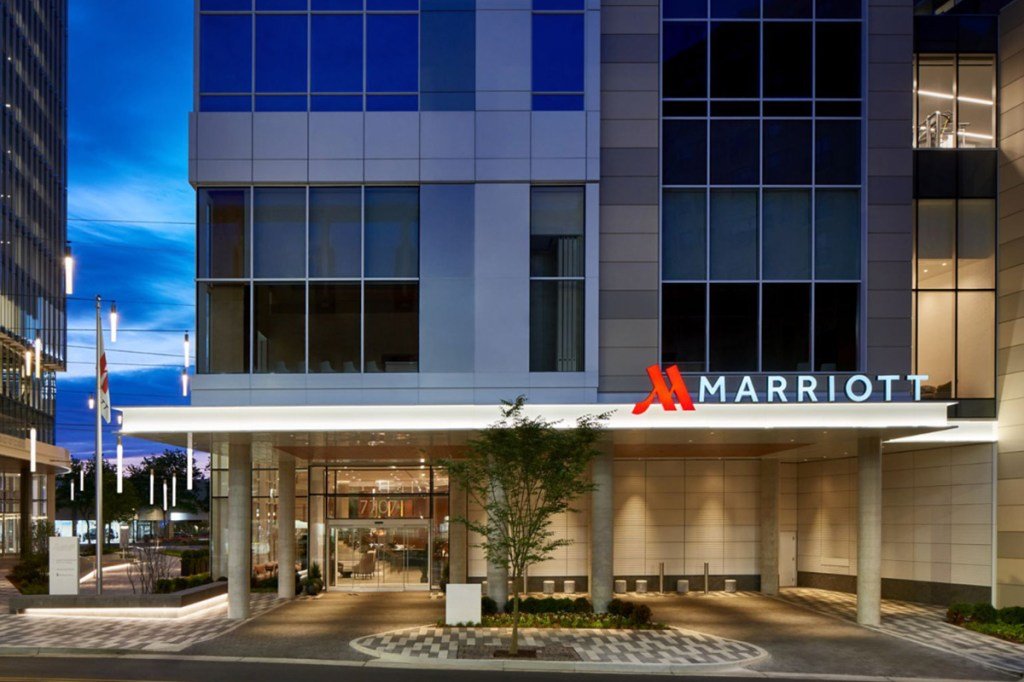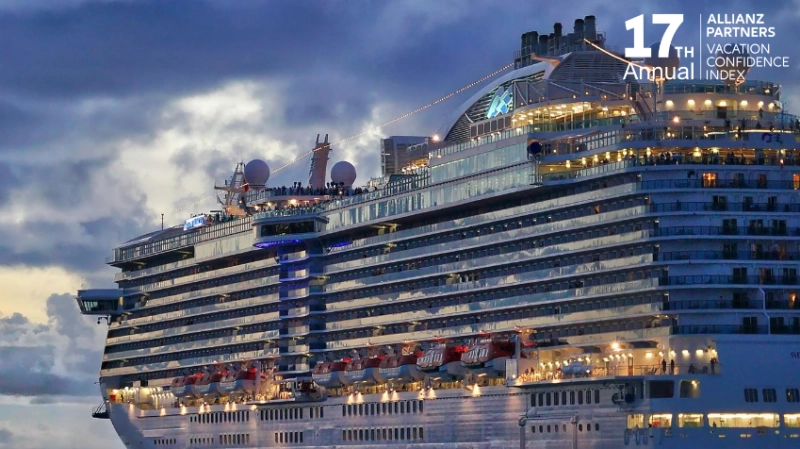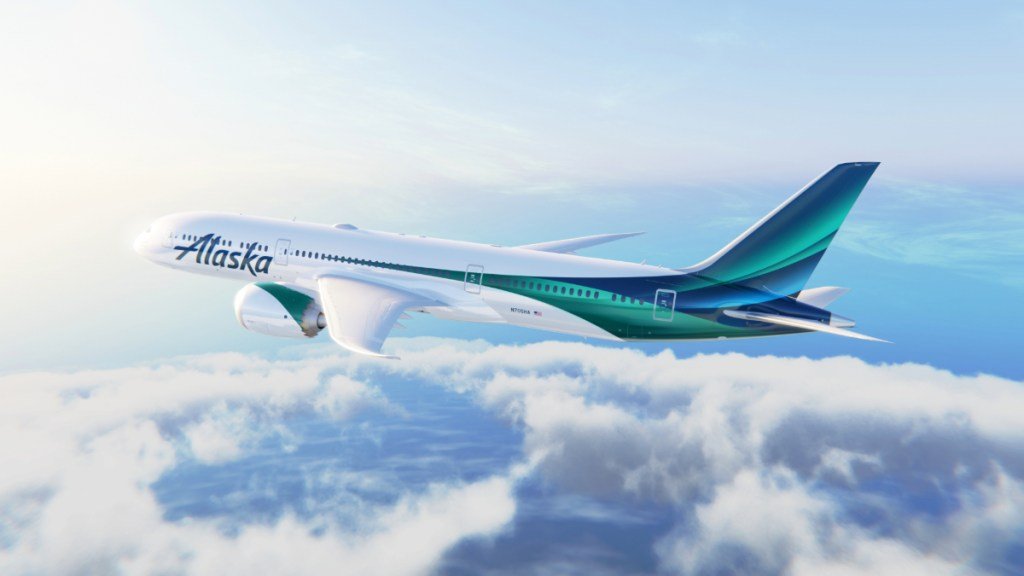Travel Market Insights
The Cost of Convenience: Why Pricing-Centric Revenue Management Is Failing Your Hotel

Over the past decade, the pricing-centric revenue management model has gained prominence within the industry. It’s a concept that promotes maintaining availability across all channels, even as demand is surging, relying solely on dynamic pricing to manage booking behaviour. This approach, favoured for its operational flexibility, requires that rooms always remain open to book, and availability should never be curtailed, even if it means selling out on a single night and preventing longer length-of-stay guests.
However, the core assumption underpinning this pricing methodology, namely that rate flexibility alone can optimise performance, overlooks several critical elements of effective revenue management. Most notably among these is the strategic control of inventory, which when neglected, diminishes profitability and operational integrity.
The Central Misstep: Pricing Without Context
While the ability to apply dynamic pricing is now widely accepted and easily facilitated by most contemporary systems, this practice alone does not constitute a water-tight revenue strategy. Without inventory controls, hotels risk undermining their overall performance, especially during compression periods.
Consider the risk of accepting high-rated, short-stay bookings that displace lower-rated, longer-stay guests. On paper, the rate appears profitable but in practice, it may compromise total revenue. Hotels that rely solely on surge pricing mechanisms frequently fail to account for this nuance and this often leads to significant lost revenue for hoteliers.
Advanced revenue strategies incorporate not only rate responsiveness but also intentional decision-making around which bookings to accept or reject. The most effective systems consider the total value of a booking, including stay duration, stay-through demand, ancillary spend, and displacement cost, before allocating limited inventory.
Why Inventory Control Matters
Such inventory control strategies rely on sophisticated analytics to predict and evaluate all possible length-of-stay permutations across time. These predictions are highly complex and cannot be reliably executed using simple business rules; instead, they depend on proven, evolving algorithms.
However, when done right, they help hoteliers to extend demand from high-occupancy nights into adjacent shoulder periods, and manage availability based on forecasted value rather than simply the offered rate and maintain guest trust by signalling genuine scarcity rather than resorting to excessive rate inflation.
A number of pricing methodologies, such as surge pricing, treat each night in isolation without forecasting the total number of guests who will occupy rooms on a given date, regardless of their check-in or check-out patterns. As a result, availability often closes out based on the sequence in which bookings happen to arrive, rather than as part of a deliberate, strategic revenue management plan by the hotel. By contrast, advanced forecasting methods analyse demand patterns by room type, booking window, and stay composition. This enables decisions that are both more granular and more forward-looking. Failing to consider these dynamics leads to suboptimal outcomes, such as a sold-out Wednesday evening that blocks out potential guests seeking two- or three-night stays.
One established concept that is gaining wider recognition in revenue management is ‘last room value’ (LRV), sometimes referred to as a ‘Rate Hurdle’ or ‘Bid Price’. This metric establishes the minimum acceptable revenue a booking must generate to warrant its acceptance, especially when availability is limited. LRV is not a rate, but a dynamic threshold reflective of forecasted demand, booking pace, and price sensitivity that serves as a north star for which business is best to accept. Unlike pricing-centric models that focus primarily on maximising Average Daily Rate (ADR), LRV is designed to optimise Revenue per Available Room (RevPAR) by protecting inventory and ensuring each booking delivers maximum value, especially for the last remaining rooms. Importantly, LRV considers the value of each night within a requested stay and may accept a multi-night booking (e.g., two or three nights) while rejecting a single-night request if the overall contribution to revenue is higher. This ensures that every booking aligns with the hotel’s revenue strategy and long-term profitability.
By embedding rate hurdles into pricing and availability decisions, hoteliers can move beyond the bluntness of manual controls and shift from an ADR-focused pricing philosophy to one grounded in RevPAR optimisation. Value-driven systems ensure that inventory is only sold when it meets minimum profitability thresholds, supporting stronger inventory stewardship and enabling the prioritisation of high-value demand to achieve the optimal business mix.
The Hidden Cost of Pricing-Centric Revenue Strategies
The real problem with price-centric revenue management methodologies is not just missed revenue, but a systematic undervaluation of the asset. Without automated inventory controls, pricing becomes one-dimensional and disconnected from broader demand considerations. Strong inventory strategies prioritise extracting the maximum value from each room night, recognising that strategic acceptance decisions help preserve profitability not only during sell-out periods but also across the full booking horizon.
Over time, these issues can weaken a hotel’s market position and make it harder to adapt to change.
Despite today’s fast-changing environment, where careful decision-making matters more than ever, dynamic, variable open or surge pricing mechanisms are often presented as a one-size-fits-all solution to a problem that always demands nuance.
Strategy Over Simplicity
The price-centric revenue method, though administratively convenient, risks diluting the strategic control hoteliers require to drive profitability. A truly effective approach to revenue management is grounded in scientific forecasting, precise controls and intentional decision-making. The benefit of operating an automated decision system is that the solution will react to any changes in business conditions, account for the dynamics of demand and wash by arrival date and length of stay (i.e. network effects) and avoid any controls being missed and not deployed on time.
The question for hoteliers is not whether they can continue adjusting rates on the fly, but whether they are willing to relinquish strategic control in doing so. In an increasingly complex trading landscape, it is clear that deliberate strategy offers a more dependable route to sustained revenue performance than reactive pricing alone.
Travel Market Insights
Marriott’s Sluggish Q2: Flat U.S., Forecast Narrowed

Marriott’s second-quarter results underscored a slowdown in its core U.S. and Canada markets, where revenue per available room was flat and soft business and government demand weighed on growth. The company trimmed its full-year forecast.
Overall global growth for revenue per available room (RevPAR) was only 1.5%, scraping the bottom of the guidance the company had given to investors earlier in the year. In the U.S. and Canada, it was flat.
“Continued strength in the luxury segment was offset by a decline in select service demand, largely reflecting reduced government travel and weaker business transient demand,” said CEO and president Anthony Capuano.
The main drag was a weak U.S.: part uncertainty from the Trump tariffs and part because of when Easter fell, a one-time factor.
Luxury brands like The Ritz-Carlton surged 6% year-over-year in RevPAR, while mainstream chains like Courtyard and Fairfield stumbled, noted analyst Richard Clarke in a flash report for Bernstein Research.
Some bright spots: International markets showed 5% growth in RevPAR. Net rooms growth accelerated to 4.7%, with 15,500 rooms added (not counting its CitizenM acquisition). The development pipeline grew 5.5% to record levels.
Trimming Outlook
Look
Travel Market Insights
Social Media and Pop Culture Influence 2025 Travel Trends

A survey conducted by Allianz Partners USA has found that social media and pop culture are playing a significant role in shaping travel decisions for Americans in 2025. The Vacation Confidence Index, conducted by Ipsos Public Affairs, highlights that younger Americans, particularly those aged 18-34, are increasingly planning trips inspired by viral destinations and popular media content.
The survey indicates that 47% of Americans aged 18-34 report that their travel plans are influenced by social media platforms such as TikTok, Instagram, and YouTube. Additionally, 42% of this age group say their vacation choices are affected by recent TV shows and movies. This trend suggests a growing connection between digital content consumption and real-world travel experiences.
The data also reveals a gender difference in how media impacts travel planning, with men more likely than women to be influenced by social media content and pop culture references when choosing travel destinations. This highlights that the influence of digital platforms and entertainment media is not only generational but also behavioral.
The Vacation Confidence Index has been conducted annually since 2009 and defines a vacation as a leisure trip of at least one week to a location 100 miles or more from home. The 2025 survey was conducted with a sample of 2,005 Americans aged 18 and older, with a credibility interval of +/- 2.7 percentage points.
The survey’s findings underscore a shift towards experiential and story-driven travel, where destinations featured in media content become focal points for travel itineraries. As digital content continues to shape consumer behavior, the travel industry may need to adapt to these evolving preferences.
Travel Market Insights
Alaska Airlines to Launch Flights to London and Iceland

Key Points
- Alaska Airlines will launch daily flights from Seattle to London and Reykjavik in May, expanding its international network.
- The airline is introducing a new livery inspired by the Aurora Borealis on its Boeing 787 Dreamliners, debuting in January.
- Alaska aims to operate 12 international routes by 2030, with additional destinations like Paris, Bangkok, Delhi, and Ho Chi Minh City under consideration.
Summary
Alaska Airlines is expanding its international presence following its acquisition of Hawaiian Airlines, announcing new daily flights from Seattle to London and Reykjavik starting in May. The carrier is also unveiling a new livery for its Boeing 787 Dreamliners, inspired by the Aurora Borealis, and has plans for significant international route growth by 2030. While expanding services and premium offerings, Alaska will maintain its original branding on narrowbody aircraft and preserve the Hawaiian logo.
-

 Brand Stories2 weeks ago
Brand Stories2 weeks agoBloom Hotels: A Modern Vision of Hospitality Redefining Travel
-

 Brand Stories1 week ago
Brand Stories1 week agoCheQin.ai sets a new standard for hotel booking with its AI capabilities: empowering travellers to bargain, choose the best, and book with clarity.
-

 Destinations & Things To Do2 weeks ago
Destinations & Things To Do2 weeks agoUntouched Destinations: Stunning Hidden Gems You Must Visit
-

 Destinations & Things To Do1 week ago
Destinations & Things To Do1 week agoThis Hidden Beach in India Glows at Night-But Only in One Secret Season
-

 AI in Travel2 weeks ago
AI in Travel2 weeks agoAI Travel Revolution: Must-Have Guide to the Best Experience
-

 Brand Stories1 month ago
Brand Stories1 month agoVoice AI Startup ElevenLabs Plans to Add Hubs Around the World
-

 Brand Stories4 weeks ago
Brand Stories4 weeks agoHow Elon Musk’s rogue Grok chatbot became a cautionary AI tale
-

 Brand Stories2 weeks ago
Brand Stories2 weeks agoContactless Hospitality: Why Remote Management Technology Is Key to Seamless Guest Experiences
-

 Asia Travel Pulse1 month ago
Asia Travel Pulse1 month agoLooking For Adventure In Asia? Here Are 7 Epic Destinations You Need To Experience At Least Once – Zee News
-

 AI in Travel1 month ago
AI in Travel1 month ago‘Will AI take my job?’ A trip to a Beijing fortune-telling bar to see what lies ahead | China

You must be logged in to post a comment Login